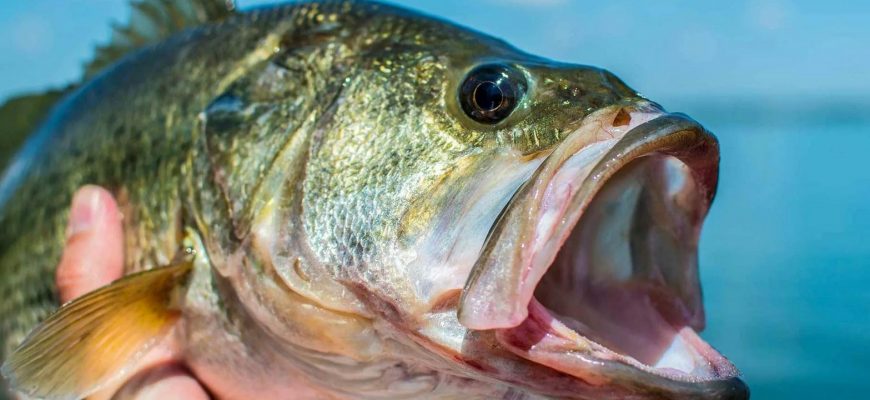Bass fishing is a popular sport enjoyed by millions of anglers worldwide. However, catching bass can be challenging, especially when you’re not sure where to find them. One critical factor that affects bass behavior is water temperature. In this article, we’ll discuss the bass fishing water temperature chart and how it can help you catch more fish.
Understanding Water Temperature and Bass Behavior
Bass are cold-blooded creatures, which means their body temperature is influenced by the water they swim in. Therefore, the water temperature has a significant impact on their behavior, feeding patterns, and location. Understanding how water temperature affects bass is essential to catch more fish.
When the water temperature is below 50°F, bass become less active and move to deeper water to avoid the cold. They feed less and conserve their energy until the water warms up. In contrast, when the water temperature is between 50-60°F, bass start to become more active, and their metabolism increases. They start feeding more frequently and move towards shallow water to warm up.
![]()
As the water temperature continues to rise, bass become even more active, and their feeding frenzy intensifies. When the water temperature is between 60-70°F, bass are in their prime feeding mode, and they can be found in various locations, including shallow water, rocks, and weed beds.
However, when the water temperature reaches above 70°F, bass become less active and move to deeper water to escape the heat. They still feed but less frequently and prefer to stay in cooler water.
Using the Bass Fishing Water Temperature Chart
The Bass Fishing Water Temperature Chart is a valuable tool that can help you find the best spots to catch bass. The chart provides information on the water temperature range and the corresponding bass behavior, location, and feeding pattern. By using the chart, you can narrow down your search and focus on areas where bass are more likely to be found.
For example, if you’re fishing in the early spring, and the water temperature is below 50°F, you’ll need to focus on deeper water and slow-moving lures. In contrast, if you’re fishing in late spring, and the water temperature is between 60-70°F, you can try using fast-moving lures and target shallow water, rocks, and weed beds.
In general, the best water temperature range for bass fishing is between 50-70°F, where they are most active and feeding aggressively. However, it’s essential to keep in mind that bass behavior can vary based on the time of year, weather conditions, and the body of water you’re fishing in.
Tips for Catching More Bass
Besides using the bass fishing water temperature chart, there are other tips you can follow to catch more bass.
Use the Right Lures: Different lures work best in different water temperatures and conditions. Use slow-moving lures when the water is cold and fast-moving lures when the water is warmer.
Fish During the Right Time of Day: Bass are more active during certain times of the day, such as early morning and late afternoon. Plan your fishing trips accordingly.
Pay Attention to Weather Conditions: Weather conditions can affect bass behavior. Overcast days and light rain can trigger feeding activity, while bright sunlight can make bass less active.
Practice Proper Technique: Proper technique is crucial when it comes to catching bass. Make sure to use the right casting technique, retrieve speed, and hookset to increase your chances of success.
Conclusion
The Bass Fishing Water Temperature Chart is an excellent resource for anglers looking to catch more bass. By understanding how water temperature affects bass behavior and using the chart to your advantage, you can increase your chances of success on your next fishing trip. Remember
